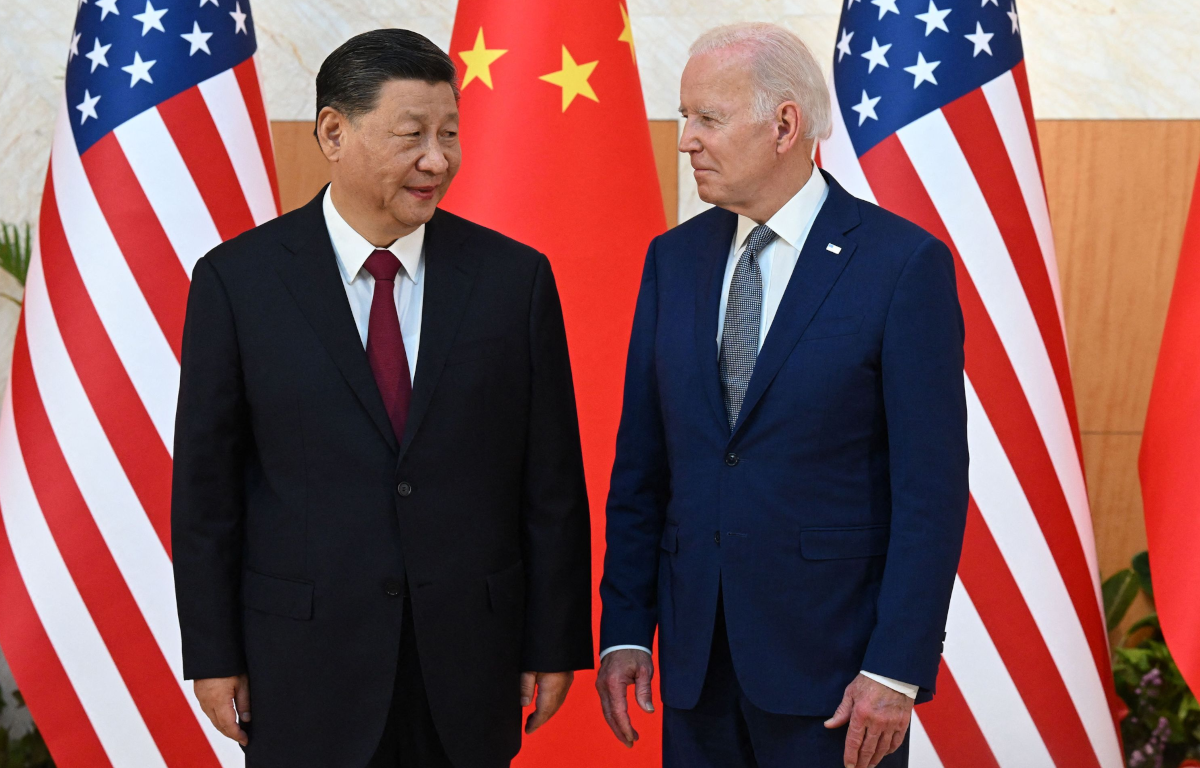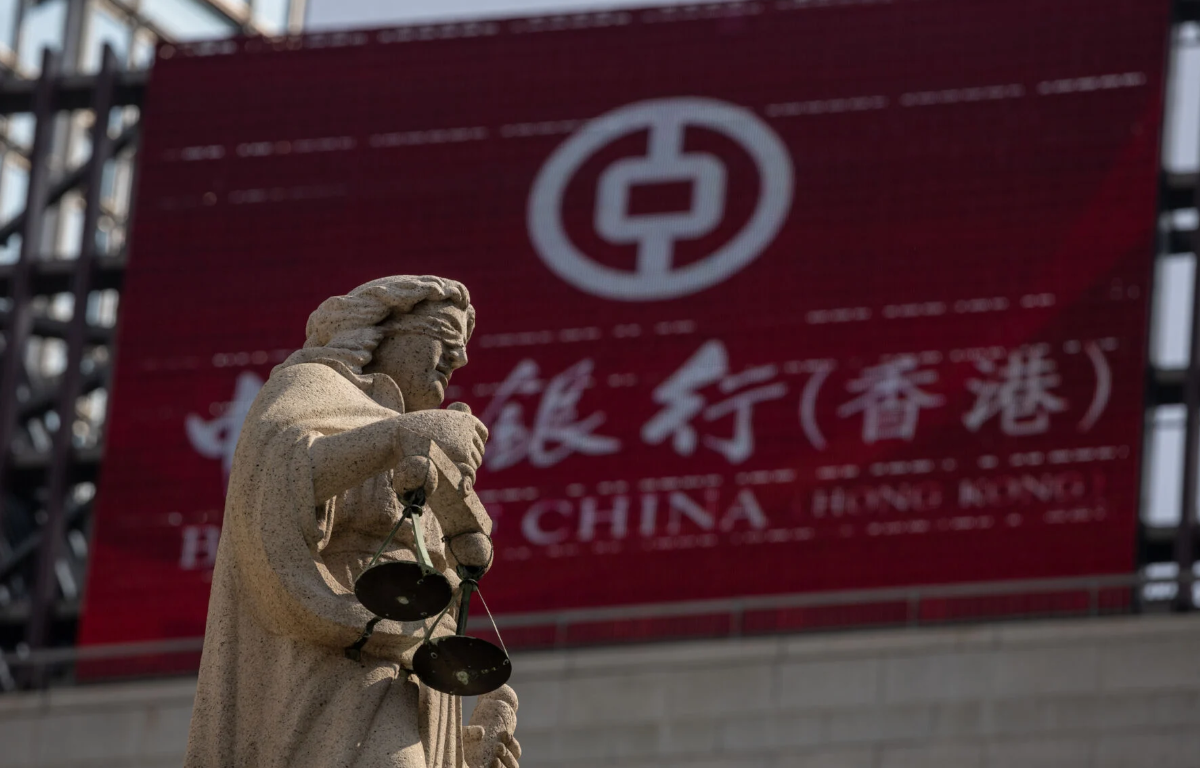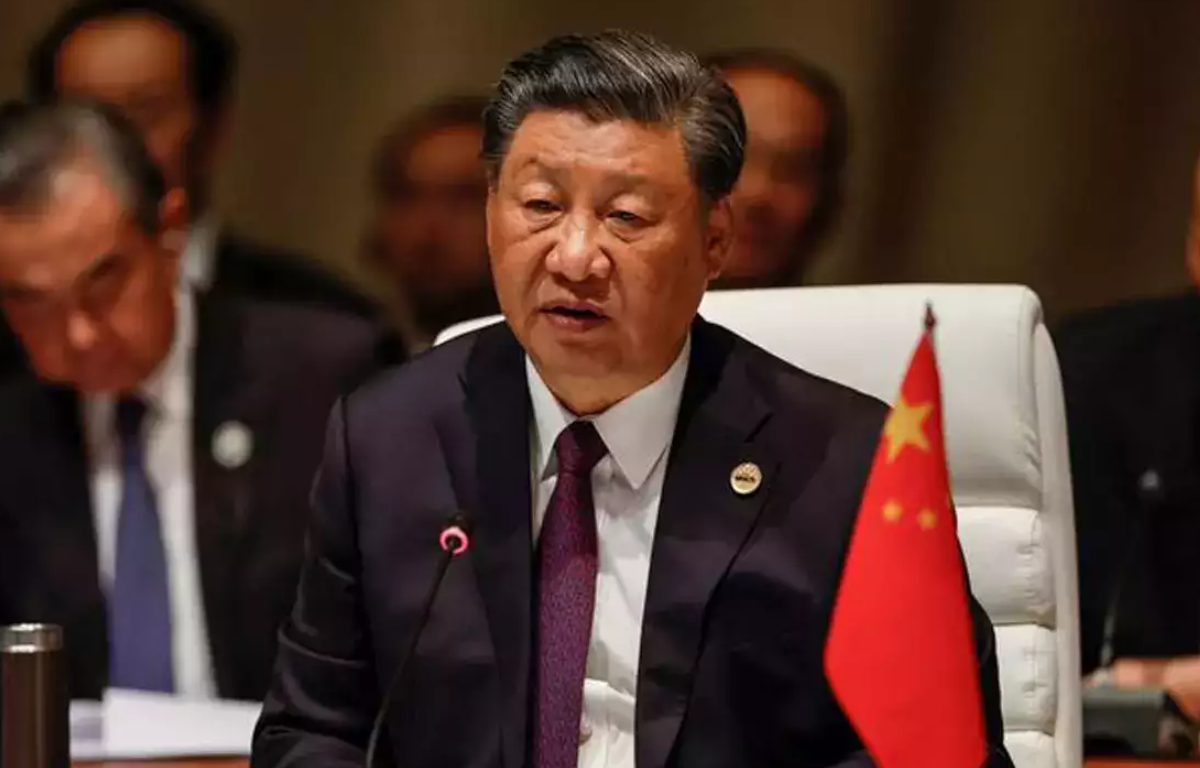
China’s religious landscape boasts a rich history of coexisting beliefs that have shaped the nation’s cultural and spiritual identity for centuries. However, with the rise of communism in the mid-20th century, religious institutions faced increasing scrutiny and restrictions. During the Cultural Revolution (1966-1976), places of worship were often destroyed, religious leaders persecuted, and practices discouraged. Yet, the late 20th century saw China gradually opening up, with a subsequent easing of restrictions, allowing religious practices to resurface.
After assuming power in 1949, the CCP launched campaigns to curtail the influence of religion. This included restrictions on religious activities, destruction of places of worship, and persecution of religious leaders. This era marked a low point for religious freedom in China.
China’s constitution guarantees freedom of religion in theory, but in practice, the state maintains strict control over religious institutions. The CCP’s approach has evolved to involve co-opting and “sinicizing” religious traditions, aligning them with socialist values and state objectives. This approach entails recognizing only state-approved religious organizations, whose leaders must adhere to CCP guidelines. Religious texts and symbols are often reinterpreted to fit the CCP’s narrative, emphasizing Chinese culture and socialism.
Religious institutions and activities are subjected to extensive government surveillance. Places of worship, like churches and mosques, are often equipped with cameras to monitor gatherings. Religious leaders are required to undergo political indoctrination, and religious practices are subject to state scrutiny.
Unofficial or underground religious groups often face harsh suppression. These are organizations that operate outside state-approved structures. This particularly impacts groups like house churches in Christianity.
Religious nationalism is promoted by the CCP, emphasizing loyalty to the Chinese state above all else. This is especially apparent in the cases of Tibetan Buddhism and the Uighur Muslim population in Xinjiang.
China’s ongoing efforts to reshape religion in its own image reflect a complex interplay between state control and the enduring faith of millions of Chinese citizens. While the CCP’s campaign has undoubtedly altered the religious landscape, it has not eradicated deeply-held beliefs. Many individuals continue to practice their faith quietly, often in the face of significant challenges.
The relationship between religion and the state in China remains dynamic and evolving. As China ascends as a global power, its approach to religion will continue to draw international interest and concern. Questions about religious freedom, human rights, and cultural preservation intersect with the CCP’s vision of a harmonious and controlled society, making this a topic of enduring significance.










Share this: